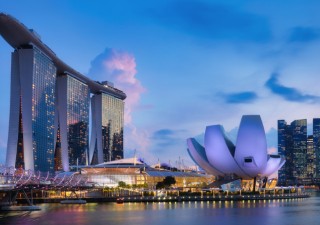What the updates to the IPBE Act in Singapore mean
31 March 2023
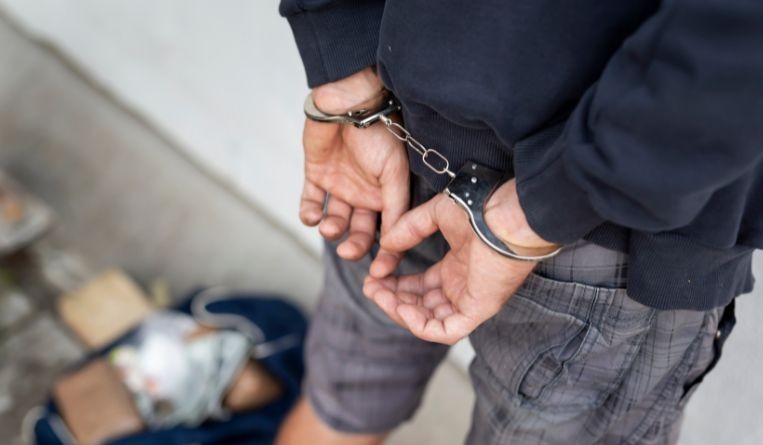
With the new additions to Singapore’s IP Border Enforcement Act, Singapore Customs now has more power in cases involving IPR violations. Excel V. Dyquiangco discusses these additional measures, including the positive changes and minor setbacks.
In a recent update to Singapore’s IP Border Enforcement Measures, the Ministry of Law has announced the implementation of increased border enforcement actions effective November 21, 2022. These regulations cover products that violate the intellectual property rights (IPR) of registered designs and geographical indications, enabling Singapore Customs (Customs) to:
-
Seize products that are to be imported or exported, believed to be violating IPRs upon the request of the IPR holder; and
-
Obtain and share details about the seized items.
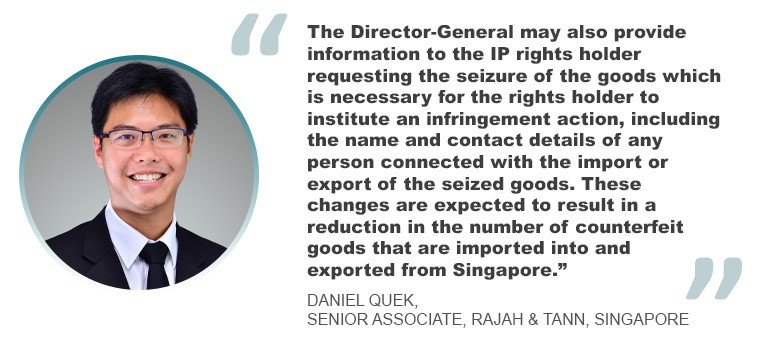
The new restrictions are part of the Intellectual Property (Border Enforcement) Act of 2018 (IPBE Act), which was implemented to carry out the strategy to meet Singapore’s border enforcement measures under the European Union-Singapore Free Trade Agreement (EUSFTA). Phase 1 made amendments to the Copyright Act (CA) and the Trade Marks Act (TMA) to “empower Singapore Customs to obtain and provide information relating to seized goods” and came into operation on October 10, 2018, according to Daniel Quek, a senior associate at Rajah & Tann in Singapore.
In Phase 2, “enhanced border enforcement measures relating to the Copyright Act and Trade Marks Act came into operation with the entry into force of the EUSFTA” on November 21, 2019. In Phase 3, under Article 10.49 of the EUSFTA, Singapore was to implement enhanced border measures in respect of counterfeit geographical indication goods and pirated design goods “ideally within two but no later than three years of the entry into force of this Agreement.”
Subsidiary legislation was also enacted in support of Phase 3, such as the Geographical Indications (Border Enforcement Measures) Rules 2022, the Geographical Indications (Border Enforcement Measures Fees) Rules 2022, the Registered Designs (Border Enforcement Measures) Rules 2022 and the Registered Designs (Border Enforcement Measures Fees) Rules 2022.
Quek further explained that these changes augment existing border enhancement measures in respect of Customs’ powers to seize and detain in-bound and out-bound goods upon their own volition or the request of the IPR holder of the said goods, which are suspected to infringe copyrights, trademarks or geographical indications under the Registered Designs Act 2000 (RDA) and the Geographical Indications Act 2014 (GIA).
“In addition, if authorized Customs officers have reasonable cause to believe that a person has any relevant information or document, they may require that person to provide such information or document. Failure to comply is an offense that is punishable by a fine not exceeding S$6,000 (US$4,521) and/or imprisonment not exceeding six months,” he continued.
“The Director-General may also provide information to the IP rights holder requesting the seizure of the goods which is necessary for the rights holder to institute an infringement action, including the name and contact details of any person connected with the import or export of the seized goods,” he added. “These changes are expected to result in a reduction in the number of counterfeit goods that are imported into and exported from Singapore.”
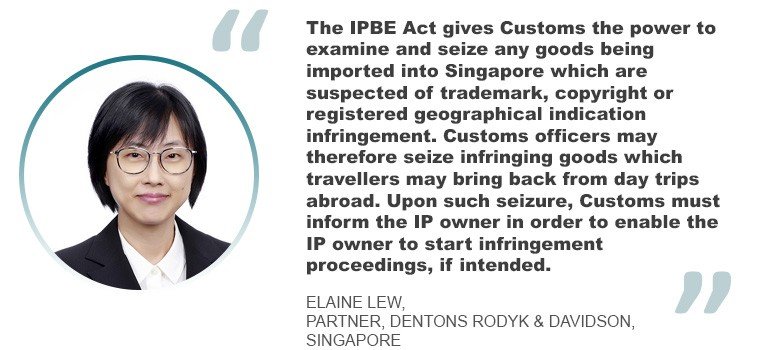
Smuggled goods coming into Singapore
Before the pandemic, Batam Island was an easy place to smuggle counterfeit goods in to Singapore. It’s part of Indonesia, and Singaporeans (and smugglers) would go on day trips. When asked about the changes since the new IPBE Act, Elaine Lew, a partner at Dentons Rodyk & Davidson in Singapore, answered: “Given the context of the question, we understand the term ‘smugglers’ to refer to travellers who bring small quantities of counterfeit goods into Singapore when returning from day trips back from nearby countries.”
She continued: “The IPBE Act gives Customs the power to examine and seize any goods being imported into Singapore which are suspected of trademark, copyright or registered geographical indication infringement. Customs officers may therefore seize infringing goods which travellers may bring back from day trips abroad. Upon such seizure, Customs must inform the IP owner in order to enable the IP owner to start infringement proceedings, if intended.”
Angie Ng, Quek’s colleague and an associate at Dentons Rodyk & Davidson, said that the IPBE Act also allows IP owners to make requests to Customs to seize infringing goods brought back by day trip travellers. However, as any such request must include information to enable Customs to ascertain when and where the goods are expected to be imported, it is not likely that IP owners will resort to making such requests in respect of ad-hoc imports of infringing goods by day trippers in small amounts.
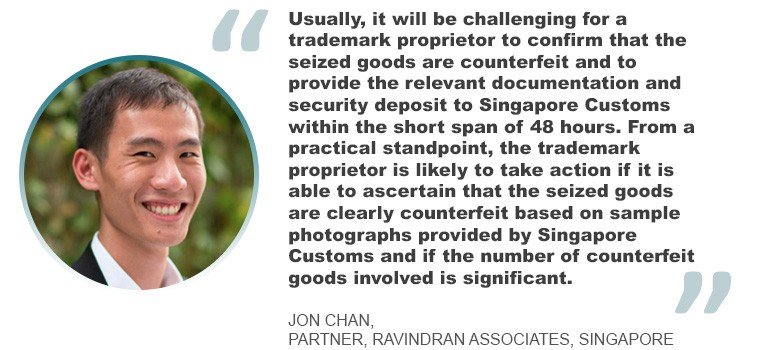
Jon Chan, a partner at Ravindran Associates in Singapore, added: “Before the IPBE Act, goods in travellers’ personal luggage may be detained if they are suspected of infringing IP rights and right holders are prepared to take action. The new IPBE Act does not change this position.”
Goods-in-transit and patents
Since the IPBE Act has been in force for some years in respect of copyright and trademarks, customs, brand owners and legal practitioners are not unfamiliar with border enforcement measures. What the IPBE Act seeks to do is to harmonize the procedure for border enforcement, which would be welcomed to all parties involved. However, according to Lew, there are two problems that remain.
“First, goods-in-transit are mostly unaffected by border enforcement measures. These are goods imported into Singapore which are to be carried to another country without being released for free circulation in Singapore,” she shared. “The IPBE Act does not allow for IP owners to request Customs to seize goods-in-transit, though Customs retains the power to make ex-officio seizures if the consignee of the goods suspected of trademark or copyright infringement has a commercial or physical presence in Singapore. This could pose a challenge to IP owners in stopping the flow of infringing goods through Singapore.”
The second problem is, patents are left out from border enforcement measures. She added: “As patented subject matter can be highly complex; it may be difficult for customs to judge whether goods potentially infringe a patent or not. It remains to be seen whether border enforcement measures will be introduced for patents in future.”
In addition, IPR holders have a short time frame to respond and take action against goods suspected of infringing their IP rights. For example, under the Trade Marks Act, Customs has the power to detain suspected counterfeit goods on their own initiative.
In such event, Customs will notify the trademark proprietor of the seizure and will release the seized goods if the said proprietor does not do the following within 48 hours:
-
Furnish a written notice containing, inter alia, the details of the relevant trademarks being infringed and an explanation as to why the seized goods are infringing; and
-
Furnish a security deposit of about S$20,000 (US$15,074) to reimburse the government of, inter alia, any liability or expenses relating to the wrongful seizure and detainment of the goods.
“Usually, it will be challenging for a trademark proprietor to confirm that the seized goods are counterfeit and to provide the relevant documentation and security deposit to Singapore Customs within the short span of 48 hours,” said Chan. “From a practical standpoint, the trademark proprietor is likely to take action if it is able to ascertain that the seized goods are clearly counterfeit based on sample photographs provided by Singapore Customs and if the number of counterfeit goods involved is significant.”
Anticipating and targeting shipments
The new addition introduced by the IPBE Act is the empowerment of Singapore Customs to compel disclosure of information or documents from any person for certain specified purposes, one of which is for statistical or research purposes. According to Chan, this allows Customs to enhance their capabilities to anticipate and target shipments involved in shipping IP infringing goods as they build high profiles of high-risk shipments.
“This should result in more IP infringing goods being interdicted at Customs prior to their release into the destination market,” said Chan.





